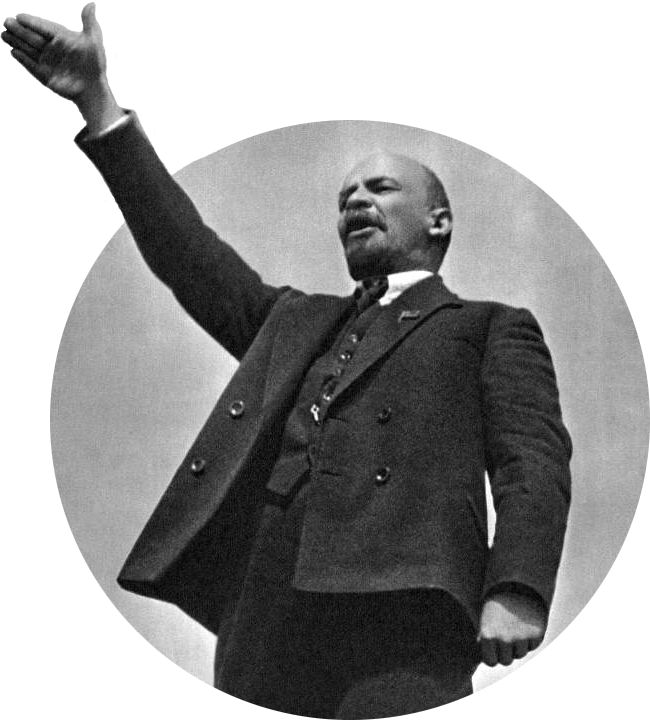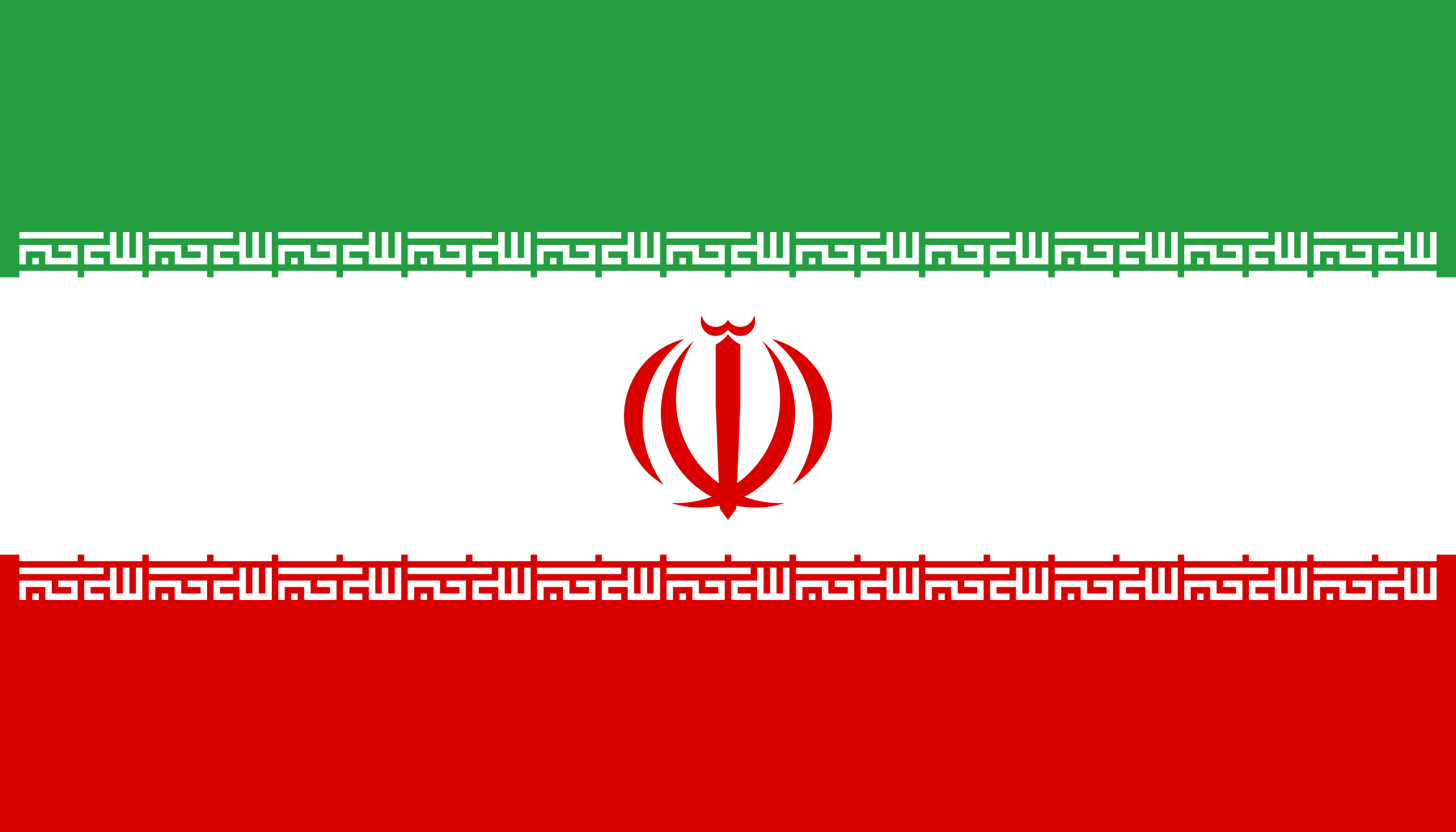Jucheguevara (talk | contribs) No edit summary Tag: Visual edit |
mNo edit summary Tag: Visual edit |
||
| Line 1: | Line 1: | ||
{{External article cleanup|date=November 2021}} | {{External article cleanup|date=November 2021}} | ||
{{Infobox country|conventional_long_name=Islamic Republic of Iran|native_name=جمهوری اسلامی ایران|largest_city=Tehran|capital=Tehran|government_type=Capitalist presidential republic|leader_title1=Leader<ref>{{Cite web|url=https://en.mfa.ir/portal/viewpage/3996|author=Islamic Republic of Iran|title=General View of Iran}}</ref>|leader_title2=President|established_date1=1979 Feb 12th|population_estimate_year=2017|population_estimate=79,926,270|religion=Islam|official_languages=Persian|national_motto=Independence, Freedom, Islamic Republic|leader_name2=Dr. Hassan Rohani|established_event1=[[Iranian revolution]]|leader_name4=Mohammad Ghalibaf|leader_name3=Eshaq Jahangiri|leader_title4=Speaker of the Islamic Consultative Assembly|leader_title3=Vice President|leader_name1=Great Ayatollah Sayyid Ali Khamenei|currency=Iranian Rial}} | {{Infobox country|conventional_long_name=Islamic Republic of Iran|native_name=جمهوری اسلامی ایران|largest_city=Tehran|capital=Tehran|government_type=Capitalist presidential republic|leader_title1=Leader<ref>{{Cite web|url=https://en.mfa.ir/portal/viewpage/3996|author=Islamic Republic of Iran|title=General View of Iran}}</ref>|leader_title2=President|established_date1=1979 Feb 12th|population_estimate_year=2017|population_estimate=79,926,270|religion=Islam|official_languages=Persian|national_motto=Independence, Freedom, Islamic Republic|leader_name2=Dr. Hassan Rohani|established_event1=[[Iranian revolution]]|leader_name4=Mohammad Ghalibaf|leader_name3=Eshaq Jahangiri|leader_title4=Speaker of the Islamic Consultative Assembly|leader_title3=Vice President|leader_name1=Great Ayatollah Sayyid Ali Khamenei|currency=Iranian Rial|area_km2=1,648,195|image_flag=Iranian flag.png}} | ||
The '''Islamic Republic of Iran''', also called '''Persia'''<ref name="Fishman">{{cite book|last=A. Fishman|first=Joshua|title=Handbook of Language and Ethnic Identity: Disciplinary and Regional Perspectives (Volume 1)|year=2010|publisher=[[Oxford University Press]]|isbn=978-0-19-537492-6|page=266|quote=" "Iran" and "Persia" are synonymous" The former has always been used by the Iranian speaking peoples themselves, while the latter has served as the international name of the country in various languages}}</ref> and '''Iran''', is a country in Western Asia. It is the second-largest country in the [[Middle East]], and its capital and largest city is [[Tehran]]. | The '''Islamic Republic of Iran''', also called '''Persia'''<ref name="Fishman">{{cite book|last=A. Fishman|first=Joshua|title=Handbook of Language and Ethnic Identity: Disciplinary and Regional Perspectives (Volume 1)|year=2010|publisher=[[Oxford University Press]]|isbn=978-0-19-537492-6|page=266|quote=" "Iran" and "Persia" are synonymous" The former has always been used by the Iranian speaking peoples themselves, while the latter has served as the international name of the country in various languages}}</ref> and '''Iran''', is a country in Western Asia. It is the second-largest country in the [[Middle East]], and its capital and largest city is [[Tehran]]. | ||
Iran is | Iran's geography makes it geo-strategically important for the modern global oil markets, as it is the northern coast of the Straight of Hormuz which is a maritime chokepoint through which a third of the world's liquefied natural gas and a quarter of global oil trade passes through. | ||
Iran's economy is dominated by state-owned enterprises, which make up 60% of the total GDP. | |||
A unique feature of Iran's economy is the presence of large religious foundations called Bonyad, whose combined budgets represent more than 30 percent of central government spending.<ref name="GSO">[http://www.globalsecurity.org/military/world/iran/mjf.htm Bonyad-e Mostazafan va Janbazan Oppressed and Disabled Veterans Foundation (MJF)]. Globalsecurity.org. Retrieved February 6, 2011.</ref> | |||
Iran | Historically, Iran has had ties with the Black liberation movement and the Nation of Islam.<ref>[https://historicly.substack.com/p/the-nation-of-islamic-republic-of?justPublished=true The Nation of Islamic Republic of Iran with Setareh Sadeqi] on Historic.ly podcast by Esha Krishnaswamy and Robert Grannies - Aug 22</ref> | ||
Iran's | == History == | ||
Iran is home to one of the world's oldest civilizations,<ref>{{cite book|author=Whatley, Christopher|date=2001|title=Bought and Sold for English Gold: The Union of 1707|publisher=Tuckwell Press|author-link=Christopher Whatley}}</ref><ref>{{cite book|author=Lowell Barrington|title=Comparative Politics: Structures and Choices, 2nd ed.tr: Structures and Choices|url=https://books.google.com/books?id=yLLuWYL8gTsC&pg=PA121|access-date=21 June 2013|date=2012|publisher=Cengage Learning|isbn=978-1-111-34193-0|page=121}}</ref> beginning with the formation of the Elamite kingdoms in the fourth millennium BC. | |||
In 1953, the CIA overthrew democratically elected prime minister [[Mohammad Mossaddegh]] after he threatened to nationalize the oil industry, which would decrease profits for British companies.<ref>{{Citation|author=Scott A. Koch|year=1998|title=THE CENTRAL INTELLIGENCE AGENCY AND THE FALL OF IRANIAN PRIME MINISTER MOHAMMED MOSSADEQ, AUGUST 1953|chapter=|section=|page=|quote=|pdf=https://nsarchive2.gwu.edu/NSAEBB/NSAEBB126/iran980600.pdf|city=Washington, DC|publisher=Central Intelligence Agency|isbn=|doi=|lg=|mia=|title-url=|chapter-url=|trans-title=|trans-lang=}}</ref> After the coup, Mossaddegh was replaced by the autocrat [[Mohammad Reza Pahlavi]]. | |||
After the 1979 Iranian revolution, the Bonyads were nationalized and renamed with the declared intention of redistributing income to the poor and families of martyrs.<ref>https://www.mei.edu/publications/iranian-para-governmental-organizations-bonyads</ref> | After the 1979 Iranian revolution, the Bonyads were nationalized and renamed with the declared intention of redistributing income to the poor and families of martyrs.<ref>https://www.mei.edu/publications/iranian-para-governmental-organizations-bonyads</ref> | ||
The modern Government of Iran is an [[Islamic republic]] which includes elements of a [[Presidential system|presidential democracy]], which was installed by a [[Iranian Revolution|popular revolution]] against the US-backed Monarchy of the Shah. | |||
In January 2020, General [[Qasem Soleimani]] was assassinated by the United States with a drone strike.<ref>{{News citation|journalist=Tom O'Connor, James Laporta|date=2020-01-02|title=Iraq Militia Officials, Iran's Quds Force Head Killed in U.S. Drone Strike|url=https://www.newsweek.com/iraq-militia-official-killed-us-iran-tensions-1480181|newspaper=Newsweek|archive-url=https://web.archive.org/web/20200103030530/https://www.newsweek.com/iraq-militia-official-killed-us-iran-tensions-1480181|archive-date=2020-01-03|retrieved=2022-01-03}}</ref> | |||
==References== | ==References== | ||
Revision as of 23:27, 3 January 2022
 | Some parts of this article were copied from external sources and may contain errors or lack of appropriate formatting. You can help improve this article by editing it and cleaning it up. (November 2021) |
جمهوری اسلامی ایران | |
|---|---|
|
Flag | |
Motto: Independence, Freedom, Islamic Republic | |
| Capital and largest city | Tehran |
| Official languages | Persian |
| Religion | Islam |
| Government | Capitalist presidential republic |
• Leader[1] | Great Ayatollah Sayyid Ali Khamenei |
• President | Dr. Hassan Rohani |
• Vice President | Eshaq Jahangiri |
• Speaker of the Islamic Consultative Assembly | Mohammad Ghalibaf |
| History | |
| 1979 Feb 12th | |
| Area | |
• Total | 1,648,195 km² |
| Population | |
• 2017 estimate | 79,926,270 |
| Currency | Iranian Rial |
The Islamic Republic of Iran, also called Persia[2] and Iran, is a country in Western Asia. It is the second-largest country in the Middle East, and its capital and largest city is Tehran.
Iran's geography makes it geo-strategically important for the modern global oil markets, as it is the northern coast of the Straight of Hormuz which is a maritime chokepoint through which a third of the world's liquefied natural gas and a quarter of global oil trade passes through.
Iran's economy is dominated by state-owned enterprises, which make up 60% of the total GDP.
A unique feature of Iran's economy is the presence of large religious foundations called Bonyad, whose combined budgets represent more than 30 percent of central government spending.[3]
Historically, Iran has had ties with the Black liberation movement and the Nation of Islam.[4]
History
Iran is home to one of the world's oldest civilizations,[5][6] beginning with the formation of the Elamite kingdoms in the fourth millennium BC.
In 1953, the CIA overthrew democratically elected prime minister Mohammad Mossaddegh after he threatened to nationalize the oil industry, which would decrease profits for British companies.[7] After the coup, Mossaddegh was replaced by the autocrat Mohammad Reza Pahlavi.
After the 1979 Iranian revolution, the Bonyads were nationalized and renamed with the declared intention of redistributing income to the poor and families of martyrs.[8]
The modern Government of Iran is an Islamic republic which includes elements of a presidential democracy, which was installed by a popular revolution against the US-backed Monarchy of the Shah.
In January 2020, General Qasem Soleimani was assassinated by the United States with a drone strike.[9]
References
- ↑
- ↑
- ↑ Bonyad-e Mostazafan va Janbazan Oppressed and Disabled Veterans Foundation (MJF). Globalsecurity.org. Retrieved February 6, 2011.
- ↑ The Nation of Islamic Republic of Iran with Setareh Sadeqi on Historic.ly podcast by Esha Krishnaswamy and Robert Grannies - Aug 22
- ↑
- ↑
- ↑ Scott A. Koch (1998). THE CENTRAL INTELLIGENCE AGENCY AND THE FALL OF IRANIAN PRIME MINISTER MOHAMMED MOSSADEQ, AUGUST 1953. [PDF] Washington, DC: Central Intelligence Agency.
- ↑ https://www.mei.edu/publications/iranian-para-governmental-organizations-bonyads
- ↑ Tom O'Connor, James Laporta (2020-01-02). "Iraq Militia Officials, Iran's Quds Force Head Killed in U.S. Drone Strike" Newsweek. Archived from the original on 2020-01-03. Retrieved 2022-01-03.
